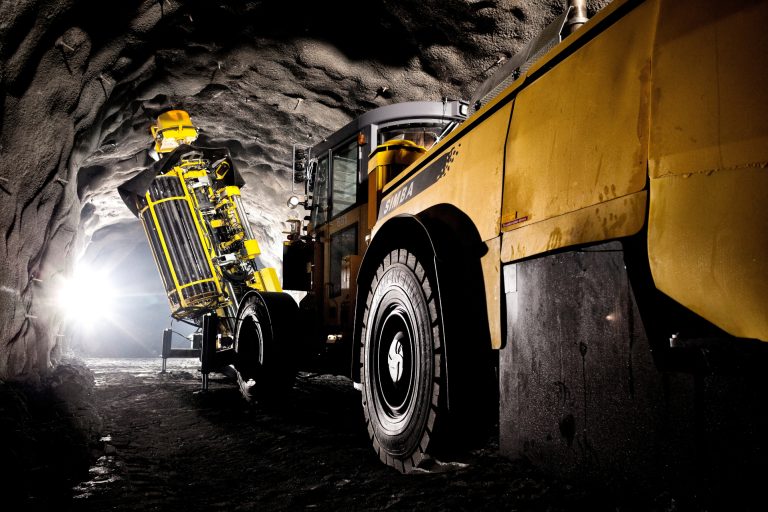Several mine waste refining projects have started worldwide in a longshot effort to meet the demand for the green energy revolution and beat market leader China along the way.
Sweden, South Africa, and Australia are among the countries that hope to wean off their dependency on China for their supply of rare earths, a market that is 90 percent dominated by Beijing
These mine waste by-products, in many cases, can be processed into substances vital for powering electric vehicles (EV) and wind turbines; however, the yield from these processes would hardly make a dent in satisfying the surging demand of a world that has set its sights on net-zero carbon emissions by 2040.
Sweden
One of those companies that took the challenge is Swedish state-owned iron ore miner LKAB, which has set out to extract phosphorus for fertilizer, fluorine, and gypsum in addition to rare earths from mining debris or by-products.
Material from an initial stage of iron ore processing, currently deposited in a tailings dam, Europe’s largest known deposit of rare earth oxides, will be retained and go through further treatment stages.
Success
You are now signed up for our newsletter
Success
Check your email to complete sign up
“We want to make sure we extract as much value as possible, and when we come to the critical minerals, we have those in our ores already,” said David Hognelid, LKAB’s chief strategy officer for unique products.
LKAB will be sending its material for separation to Norway’s REEtec, in which it is the biggest shareholder.
Commodity trader Mercuria also bought a stake in REEtec for a new division that targets metals needed for the energy transition.
“REEtec fits the narrative of building processing capacity for rare earths in the part of the supply chain where we think there’s a bottleneck,” said Guillaume de Dardel, head of energy transition metals at Mercuria.
“The company’s technology has a lower environmental footprint than the legacy solvent extraction process essentially used for rare earths separation in China.”
South Africa and Australia
In South Africa, Rainbow Minerals also plans to process waste stacks from years of phosphate mining.
Rainbow Minerals will employ a novel method based on ion chromatography, a technique widely used in pharmaceutical and other industries created by the American business K-Technologies.
The largest such project, however, is currently underway in Australia, where the manufacturer of mineral sands, Iluka, is preparing to process 1 million tons of stockpiled by-products that have been accumulating at its Eneabba site since the 1990s.
READ MORE:
- India to Initiate Emergency Law to Fully Boost Coal Power Output
- Canada’s Liberal Party Orders Mining Companies to Divest From China’s State Run Enterprises
- Australia Targets China’s Tungsten Supply Domination With New Project
- Canada Aspires to Be Global Critical Mineral Supplier Alternative to China
It is constructing a rare earths refinery slated to open in 2025 that, together with the required infrastructure, is anticipated to cost between $675 million and $800 million, aided by government grants.
Low-hanging fruits
There are 16.2 million tons of unexploited rare earths in 325 mineral sands deposits worldwide, Australia’s RMIT University estimates. Meanwhile, the Idaho National Laboratory said 100,000 tons of rare earths each year end up in waste from producing phosphoric acid alone.
The projects mentioned above target output of over 10,000 tons of key elements neodymium and praseodymium (NdPr) oxide by 2027 by processing material from mineral sands, fertilizer, and iron ore operations, Reuters estimated based on figures from consultants Adamas Intelligence.
“These projects are the low-hanging fruit in the supply chain at the moment,” said Ryan Castilloux, managing director at Adamas.
But these low-hanging fruits only make up 8 percent of the expected demand for the two vital ores, essential for making permanent magnets to power EV and wind turbine motors.
“There’s more demand growth coming in the near to medium term than production, so there’s an opportunity for these readily accessible sources of supply,” Castilloux figured.
But however profitable the short-term prospects for Adamas and others may be, they will only be for a relatively short period. They can only serve to cut the expected deficit in the materials by half at most, Adamas and the Reuters analysis showed.
Reuters contributed to this article.

















